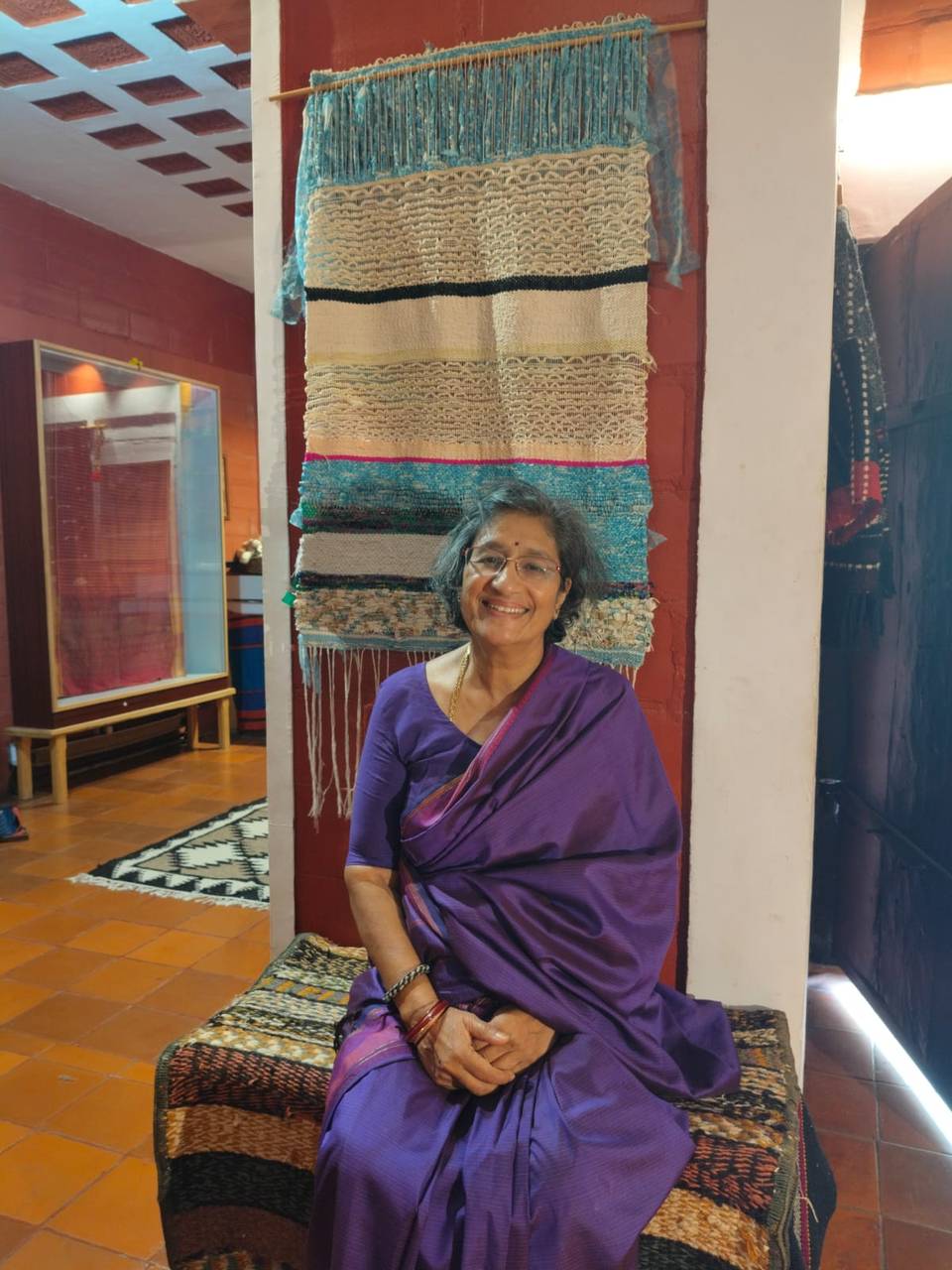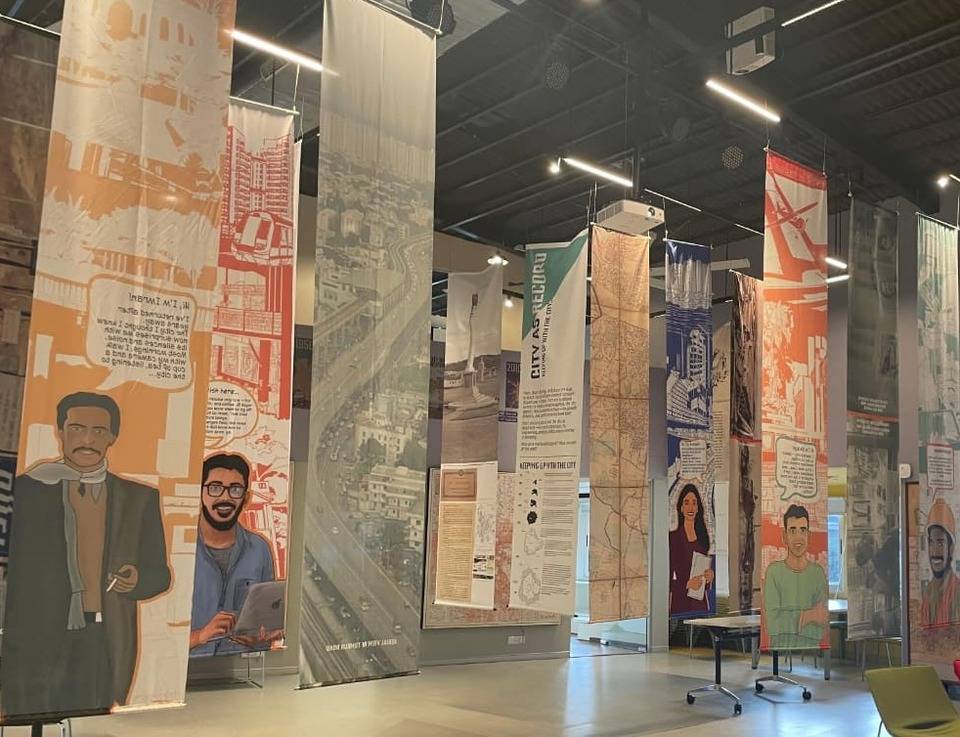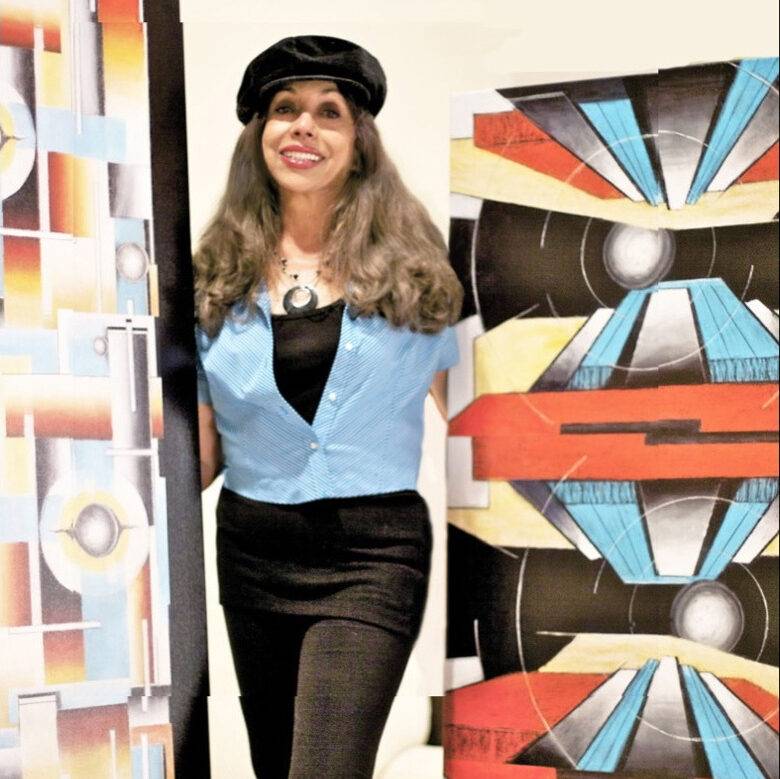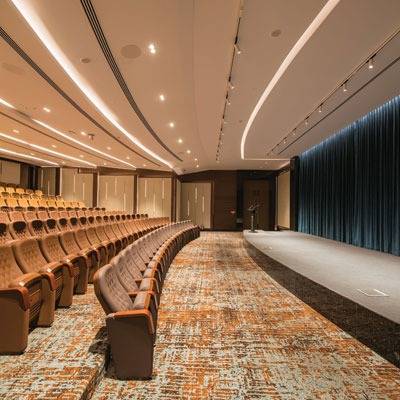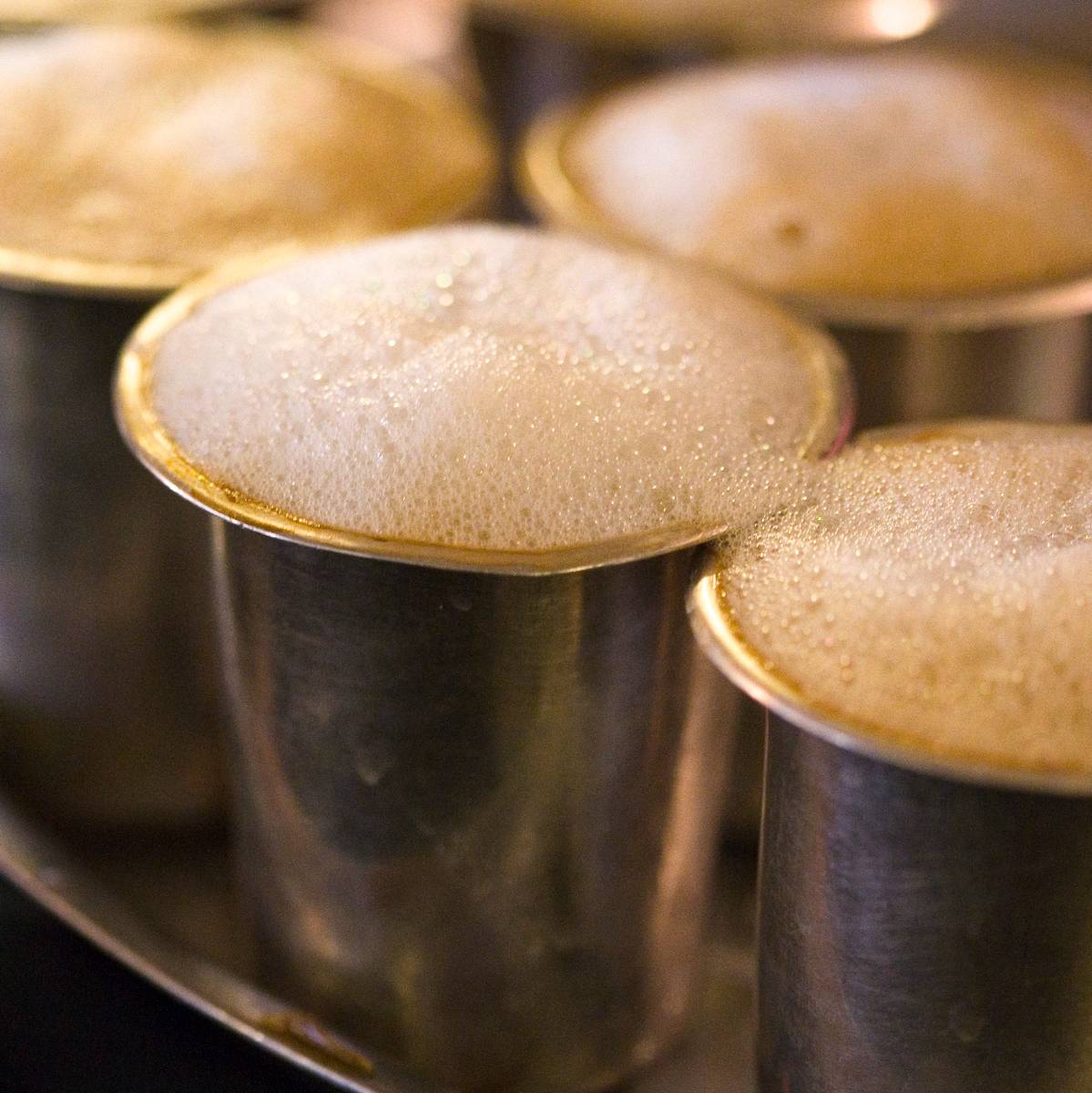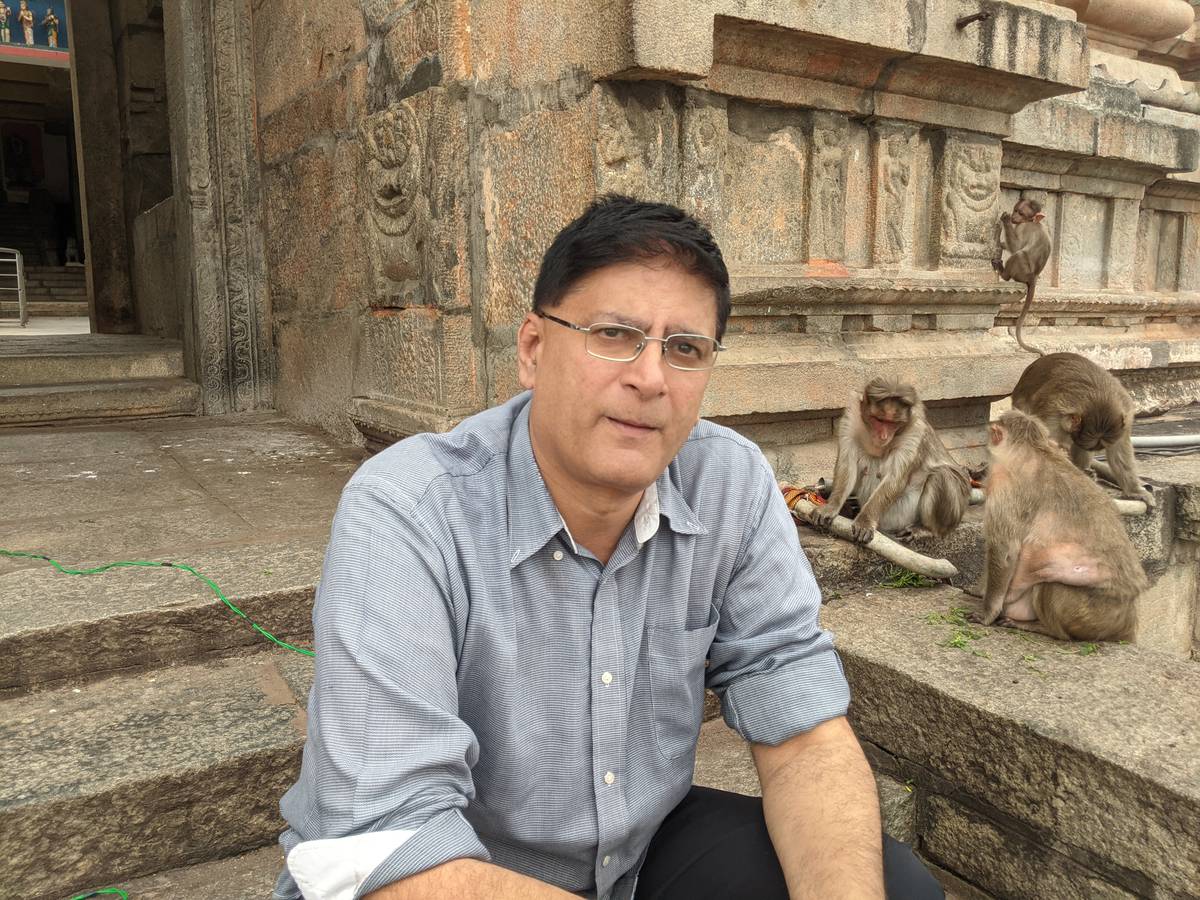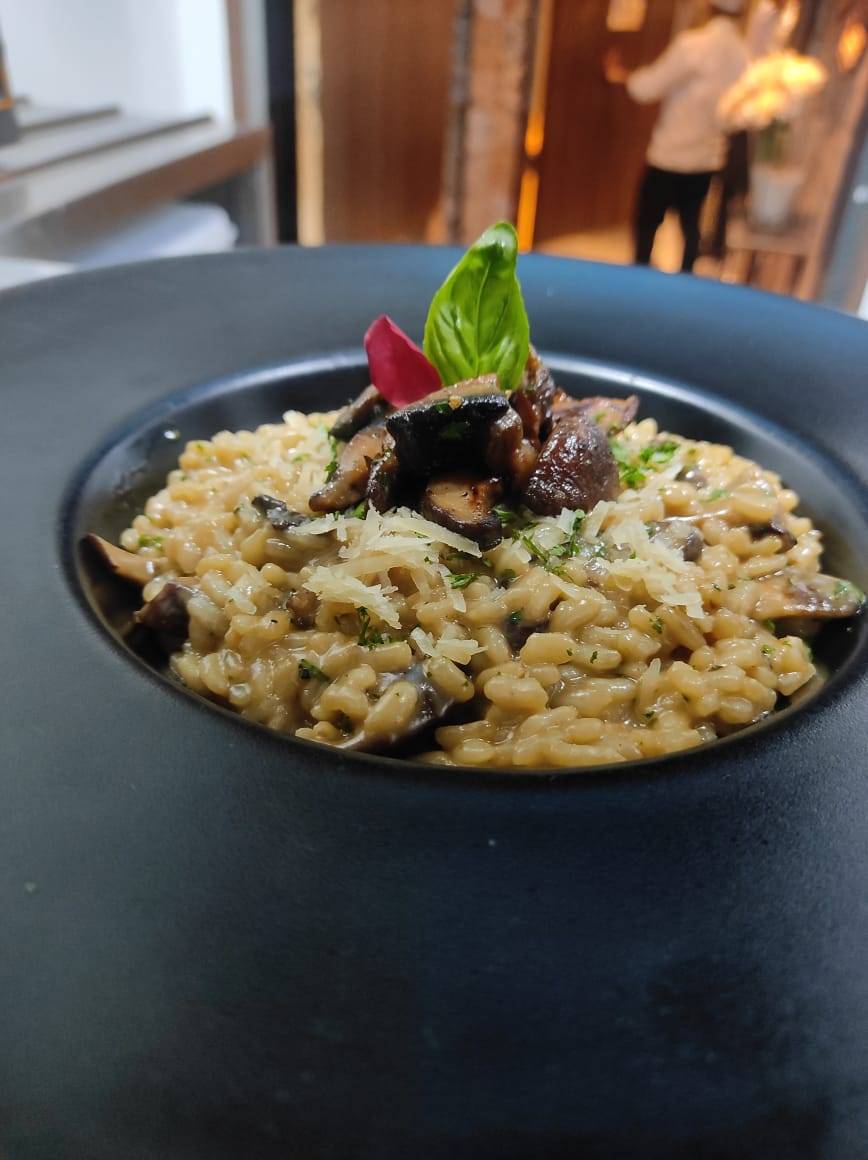The Bohri Food Festival At ITC Gardenia
Oct 11, 2019, 12 16 | Updated: Oct 11, 2019, 12 16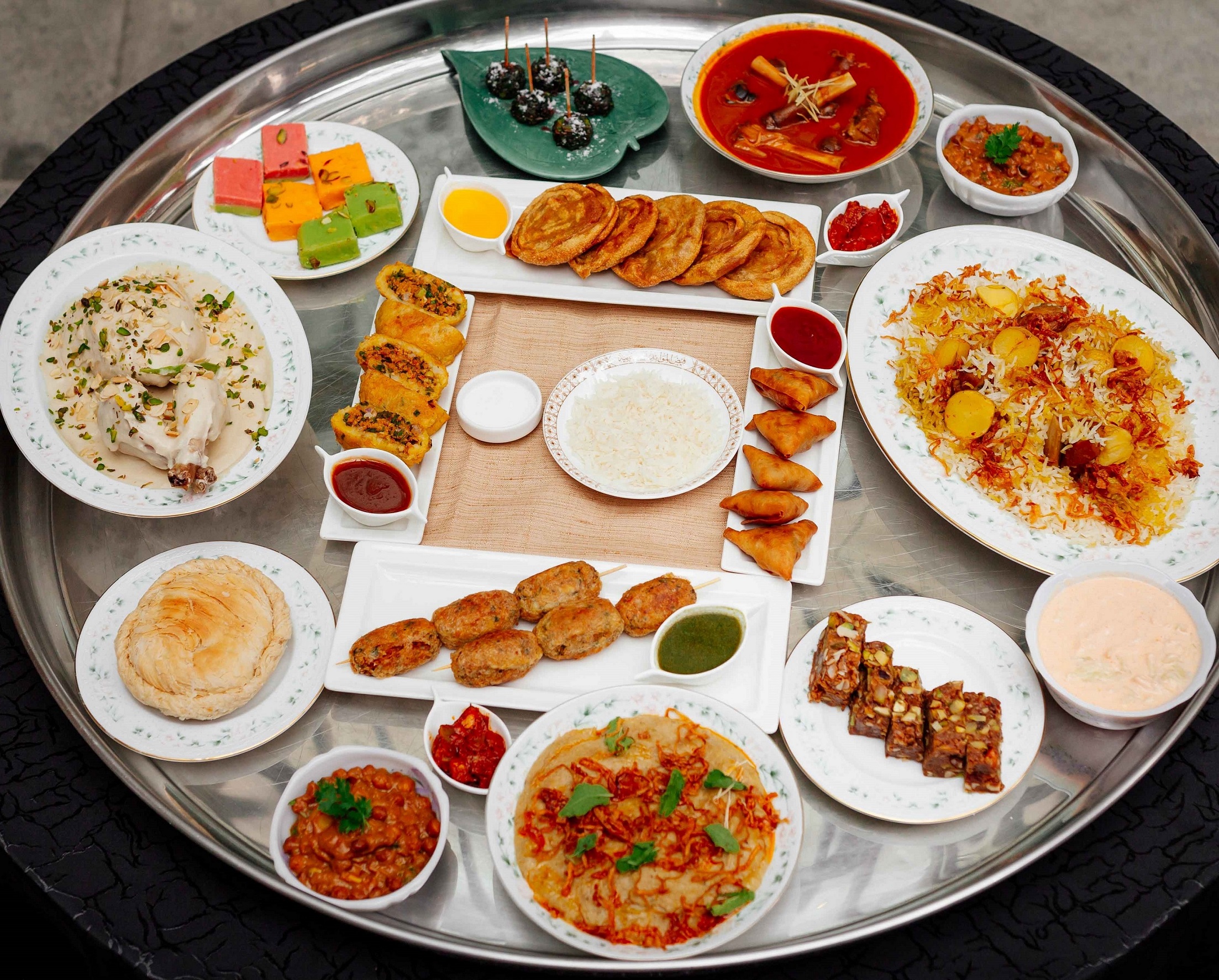
Club Pavilion at ITC Gardenia has a Bohri food festival called Bohri Shahi Dawat. The Bohra community is a subsect of Shia muslims who are originally from Yemen. They made their way to India through the Middle East and landed in Gujarat. So their cuisine is slightly different from the other Shias in India. They brought their Yemenese authenticity and mixed it with the Gujarati land that they adopted. This amalgamation is what ITC Gardenia is celebrating under the aegis of Kitchens of India- Unique Tastes.
Chef Zohair is the frontrunner of this festival that features Dawoodi Bohra community cuisines. Some of dishes might seem familiar but have subtle differences in flavours that reflect their community. Like their Bohri Biryani which may just be another biryani but the tender meat has a more subtle taste of spices. There are other dishes like Khichda, Bohri Raan, Patvelia Gosht, Mag Pulao Sarki, Moong Dal Khichdi Vagharela and more.
If you want to sample this menu it is available for dinner only till 2 July, 2017.
The menu is priced at Rs 1950 plus taxes.
At Cubbon Pavilion, ITC Gardenia
According to Wikipedia, The word Bohra comes from the Gujarati word vehru ("trade"), in reference to their traditional profession. The term Dawoodi comes from the support given to Dawood Bin Qutubshah during a schism that the community faced in 1592 when there was a leadership dispute. The Dawoodi Bohra maintain a distinct form of attire; the Dawoodi Bohra men wear a white three piece outfit, plus a white and gold cap Kufi (called a topi), and women wear the rida, a distinctive form of the commonly known burqa which is distinguished from other forms of the veil due to it sporting bright colors and decorated with patterns and lace. The ridah can have any color except black, preventing confusion of Bohra women with Sunni women and thus enabling easy identification of fellow members of the community, which in turn is important for maintaining strict social control. The rida additionally differs from the burqa in that the rida does not call for covering of women's faces like the traditional veil. It has a flap called the pardi that is usually folded to one side to facilitate visibility, but can also be worn over the face if so desired. (says journalist Jonah Blank). The Dawoodi Bohra retain the Fatimid-era Tabular Islamic calendar, which they believe matches perfectly with the lunar cycle, not requiring any correction. In this calendar, the lunar year has 354 days. Their odd-numbered months have 29 days and the even-numbered months have 30 days, except in a leap year when the 12th and final month has 30 days. This is in contrast with other Muslim communities, which base the beginnings of specific Islamic months on sightings of the moon, with the naked eye, by religious authorities, which often result in differing opinions as to the occurrence of religiously significant dates, such as the start of Ramadan.
